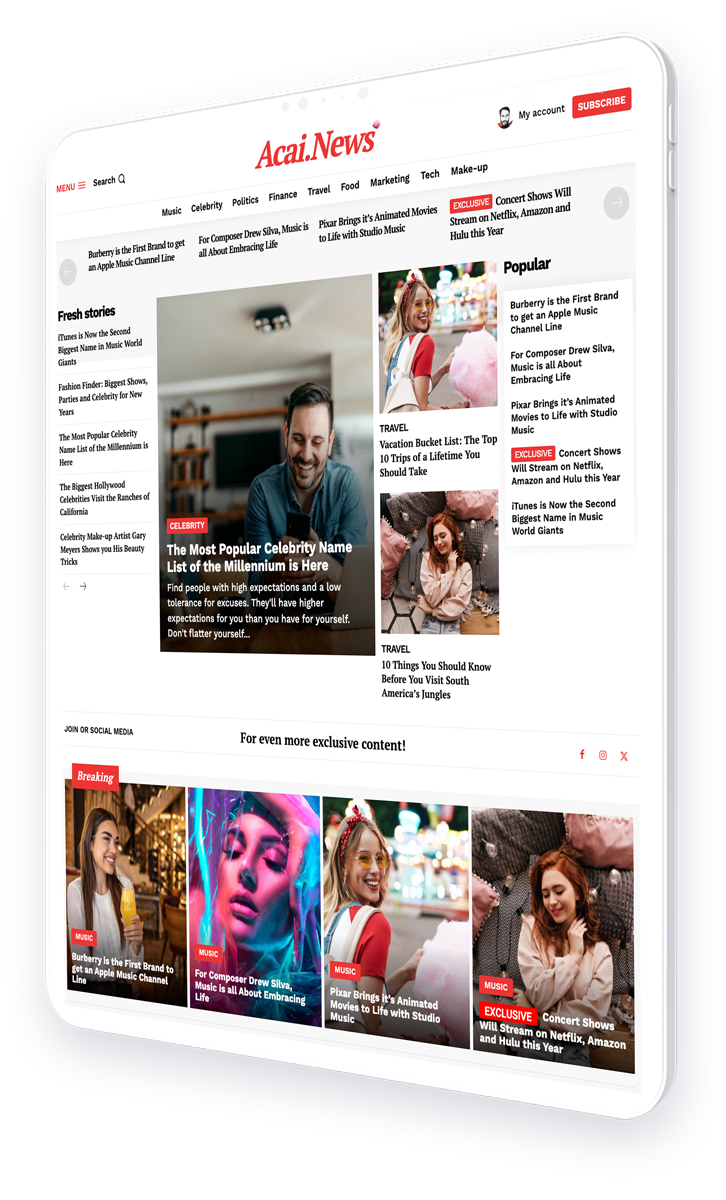How artificial intelligence is redefining the role of corporate editorial teams
In recent years, artificial intelligence (AI) has emerged as a transformative force across various industries, and corporate publishing is no exception. As companies strive to keep up with the fast-paced digital world, AI technologies are increasingly being integrated into editorial processes. This article explores how AI is redefining the role of corporate editorial teams and what changes we can expect in the future of corporate publishing.
The Traditional Role of Corporate Editorial Teams
Traditionally, corporate editorial teams have been responsible for a wide range of tasks, including content creation, editing, fact-checking, and publication. These teams work diligently to ensure that the content aligns with the company’s brand voice and meets the highest standards of quality. However, with the advent of AI, these roles are undergoing significant changes.
How AI is Transforming Editorial Processes
AI technologies are being leveraged to automate and enhance various aspects of the editorial process. Here are some key areas where AI is making a significant impact:
- Content Generation: AI-powered tools can generate content at scale, allowing companies to produce a large volume of articles, blog posts, and social media updates quickly and efficiently.
- Editing and Proofreading: AI algorithms can assist in editing and proofreading by identifying grammatical errors, suggesting improvements, and ensuring consistency in style and tone.
- Data Analysis: AI can analyze vast amounts of data to identify trends, audience preferences, and content performance, enabling editorial teams to make data-driven decisions.
- Personalization: AI can tailor content to individual users based on their preferences and behavior, enhancing the overall user experience.
Case Studies: AI in Action
Several companies have already embraced AI in their editorial processes, yielding impressive results. For instance, Forbes has implemented an AI-powered content management system that assists in content creation and distribution. This system has enabled Forbes to increase its content output while maintaining high quality.
Another example is The Washington Post, which uses an AI tool called Heliograf to generate news articles. Heliograf has been instrumental in covering local elections and sports events, allowing the editorial team to focus on more complex stories.
The Benefits of AI in Corporate Publishing
The integration of AI into corporate publishing offers numerous benefits:
- Increased Efficiency: AI can automate repetitive tasks, freeing up editorial teams to focus on more strategic and creative aspects of content creation.
- Cost Savings: By reducing the need for manual labor, AI can help companies save on operational costs.
- Improved Accuracy: AI algorithms can minimize human errors in editing and fact-checking, ensuring content accuracy.
- Enhanced Audience Engagement: Personalized content can lead to higher engagement rates and improved customer satisfaction.
Challenges and Considerations
While AI offers numerous advantages, it also presents challenges that companies must address:
- Quality Control: Ensuring that AI-generated content meets quality standards can be challenging, requiring human oversight.
- Ethical Concerns: The use of AI in content creation raises ethical questions about authorship and accountability.
- Data Privacy: AI relies on data, and companies must ensure that they handle user data responsibly and comply with privacy regulations.
The Future of Corporate Editorial Teams
As AI continues to evolve, the role of corporate editorial teams will likely shift towards more strategic and creative functions. Editorial teams will need to adapt to new technologies and develop skills in data analysis, AI tool management, and content strategy. Collaboration between humans and AI will be essential to harness the full potential of these technologies.
Conclusion: Embracing the AI Revolution
In conclusion, AI is undoubtedly reshaping the landscape of corporate publishing. While it presents challenges, the benefits of increased efficiency, cost savings, and improved audience engagement are undeniable. As companies continue to integrate AI into their editorial processes, they must strike a balance between automation and human creativity. By embracing the AI revolution, corporate editorial teams can position themselves for success in the ever-evolving digital world.




